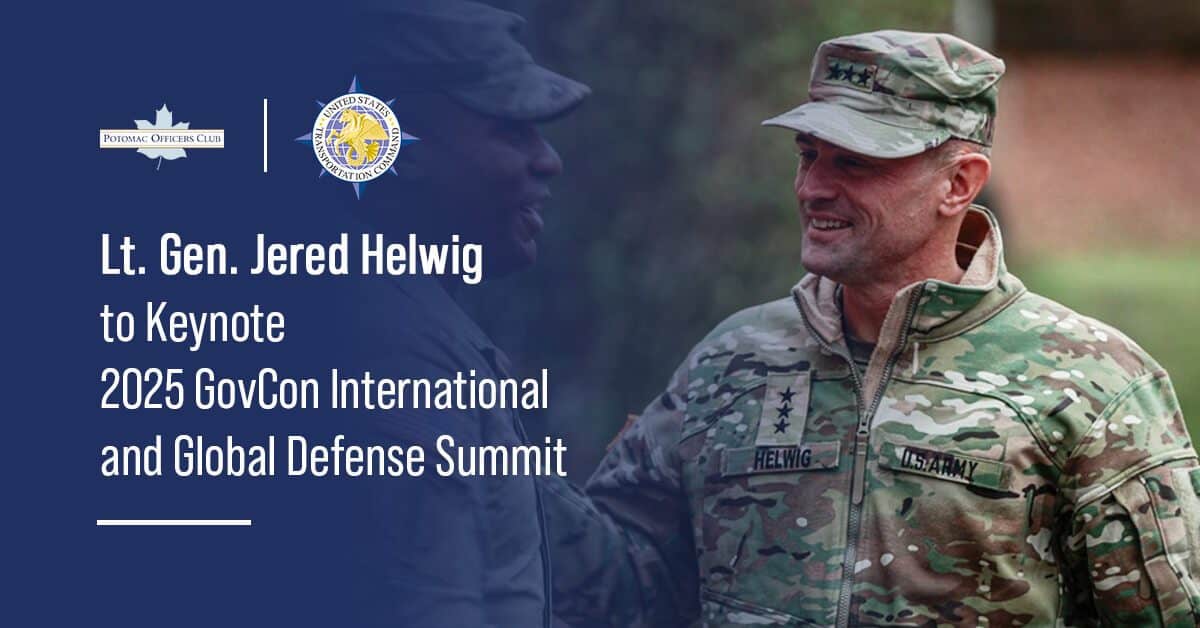
Technology demonstration
NGA, Army Demonstrate Lidar’s Data Collection Capabilities for Surveying
Researchers from the National Geospatial-Intelligence Agency have met with Army personnel at Fort Leonard Wood in Missouri to demonstrate lidar survey data collection capabilities.
Lidar, which can produce high-resolution 3D maps using various data collection methods, has the potential to further improve the Army’s mapping technology, Fort Leonard Wood said Thursday.
The Army expects lidar to significantly speed up the data collection process, especially for complex structures, and serve as a safer collection method for surveyors.
Fort Leonard Wood’s Range 24 was selected as the testing ground because of its numerous buildings, machine gun emplacements and open areas with different levels of elevation.
Chief Warrant Officer 3 Richard Allen, a construction engineer technician training developer at the U.S. Army Engineer School, observed lidar’s data collection capabilities in action.
“We do surveying for the Army, so anything that can speed up that process, especially on the battlefield — taking soldiers off the battlefield — while giving us the same accuracy that we would get with our current instruments is a win,” Allen said.
The lidar demonstration involved the participation of U.S. Army Training and Doctrine Command Proponent Office service members and civilians.
Richard Manning, a geospatial analyst with TPO-GEO, said lidar can accomplish in minutes tasks that require weeks of work with traditional surveying methods.
NGA course manager Matt Goble explained that Army geospatial engineers analyze the collected data and “turn it into products useful for the Army.”
Army geospatial officials determined that lidar produces data that is close enough to what is created by traditional surveying methods.

Category: Defense and Intelligence




